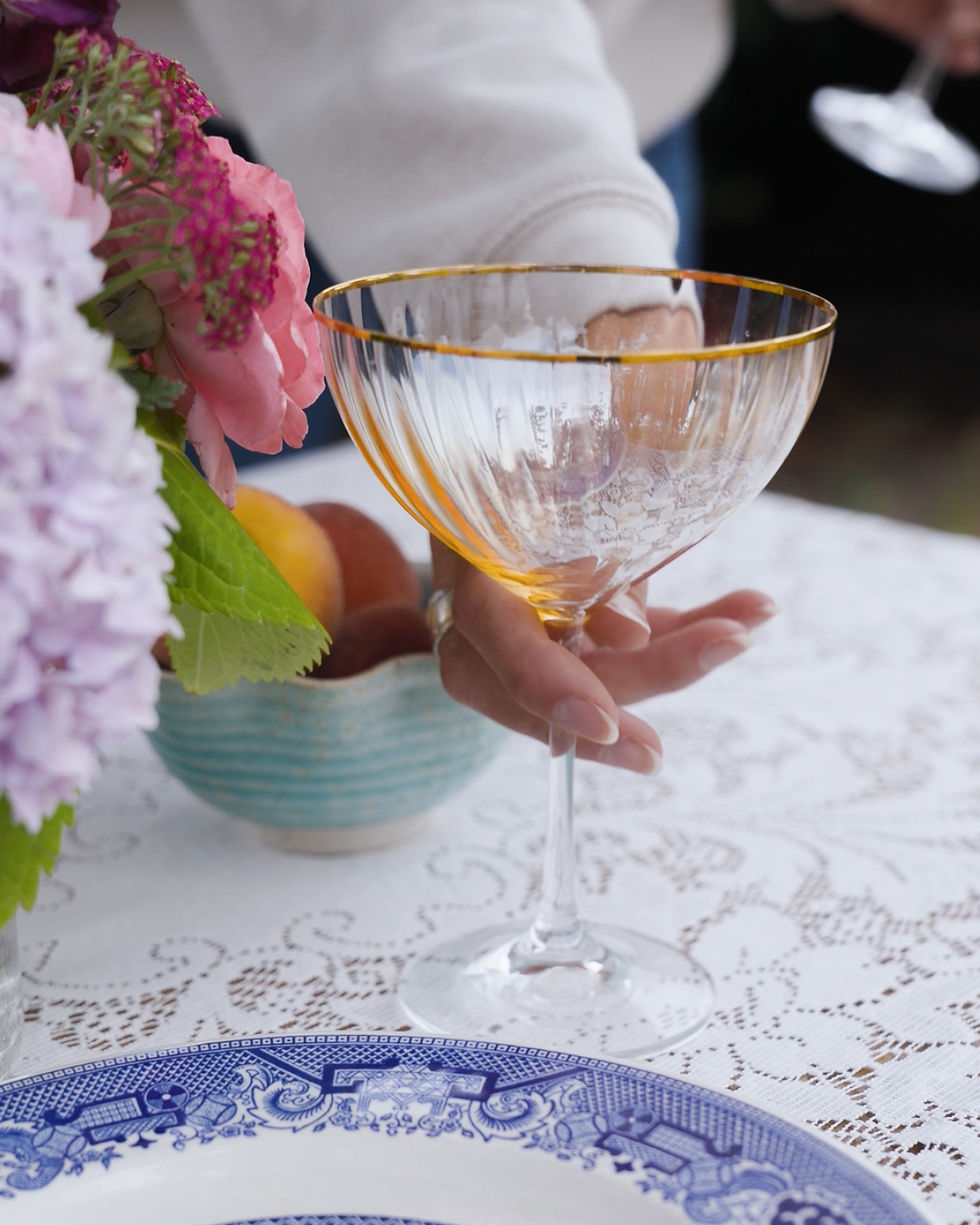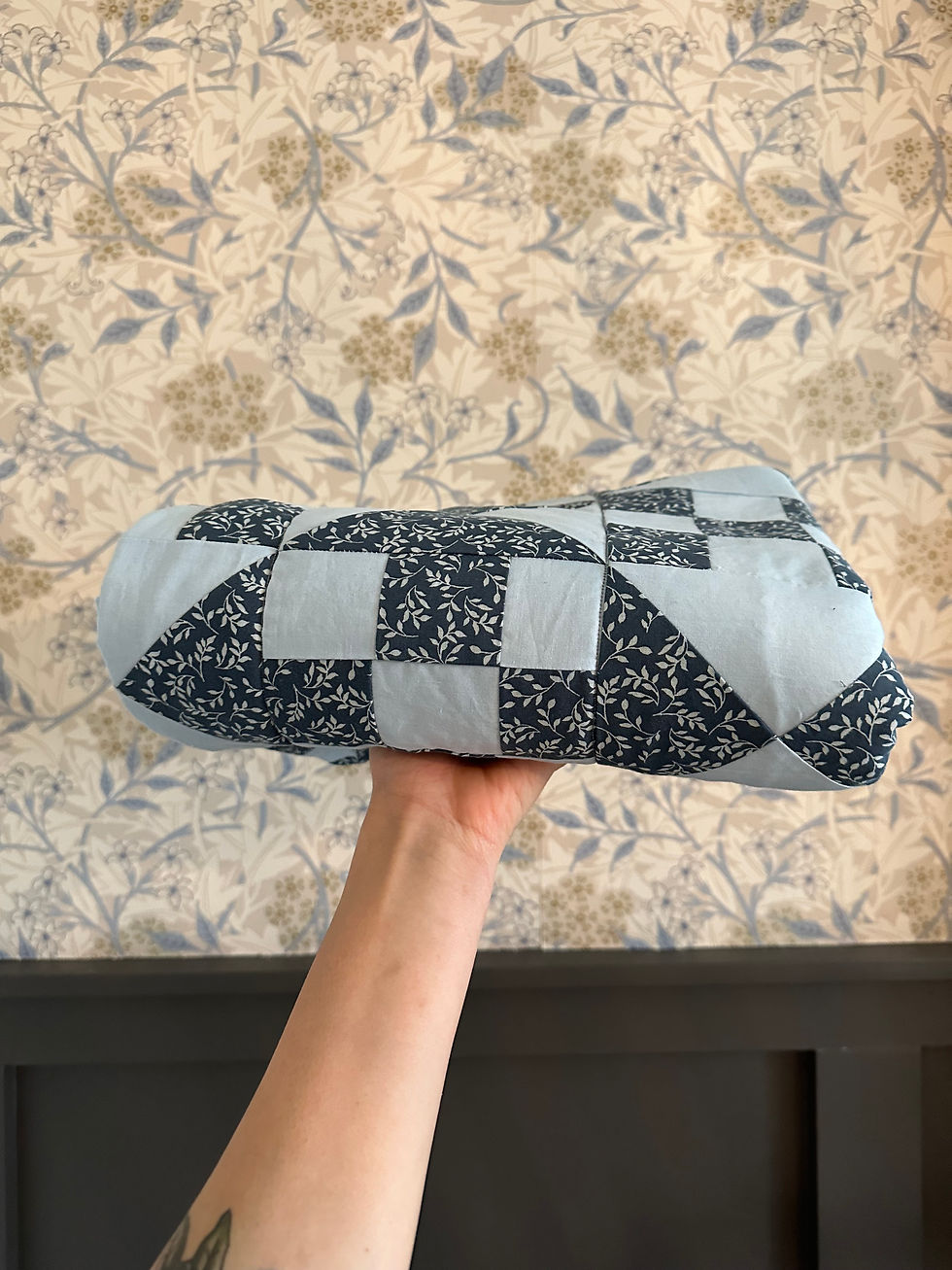The Tiny Detail That Reveals If Your Furniture Is Really Antique
- Ryan Rocha

- May 28
- 2 min read

If you've ever rushed to pick up a Facebook Marketplace "antique" — only to find a modern knockoff — you're not alone. It happens to almost everyone who loves old furniture, and it's something we’ve definitely experienced as well.
The good news is that there are many ways to narrow down how old a piece actually is — and today, I want to share a simple tip that can save you hours (and gas money) when hunting for true antique furniture.
So, how can you tell if your furniture is genuinely antique? One of the easiest ways I’ve found is by checking the hardware.

Recently, we found an antique table that we wanted to use on our front porch. It’s a beautiful piece of furniture, over 100 years old — the perfect complement to our own 100-year-old home.
But how do we know the age of our new treasure?
While we don’t know the exact year this beautiful piece was made, we do know it was most likely crafted in the early to mid-19th century — and we know this because it was built using cut nails.

What Are Cut Nails?
Cut nails were made from sheets of iron or steel called nail blanks and finished by blacksmiths throughout the 19th century, until around 1890 when the cheaper, more popular wire nail was invented.
Cut nails were commonly used in the 1800s for construction, shipbuilding, and — of course — furniture-making. Today, cut nails are often considered superior to modern wire nails because of how they interact with wood fibers. While wire nails push fibers apart, cut nails slice and push fibers downward, creating a stronger, longer-lasting hold.
This post is more about identifying antique furniture than diving deep into nail history — but if you’re interested in learning more about the differences between cut nails, wire nails, and even earlier styles, you can visit the Connecticut Country Antiques blog here: The Secrets of Nails.
At Hoagland House, we’re still learning too — and the truth is, even folks who’ve spent decades in the world of antiques sometimes have a hard time answering the question, “How old is it?”
But learning to study the hardware used is a wonderful place to start when you’re trying to uncover the story behind a piece of history.
We’d love to hear from you — if there’s anything we missed in this post, or if you have knowledge or stories to share, feel free to leave a comment below. We love connecting and learning alongside our community.
And if you’d like to see how we finished our antique table, you can watch the video on Instagram here: (Link goes here.)




Comments